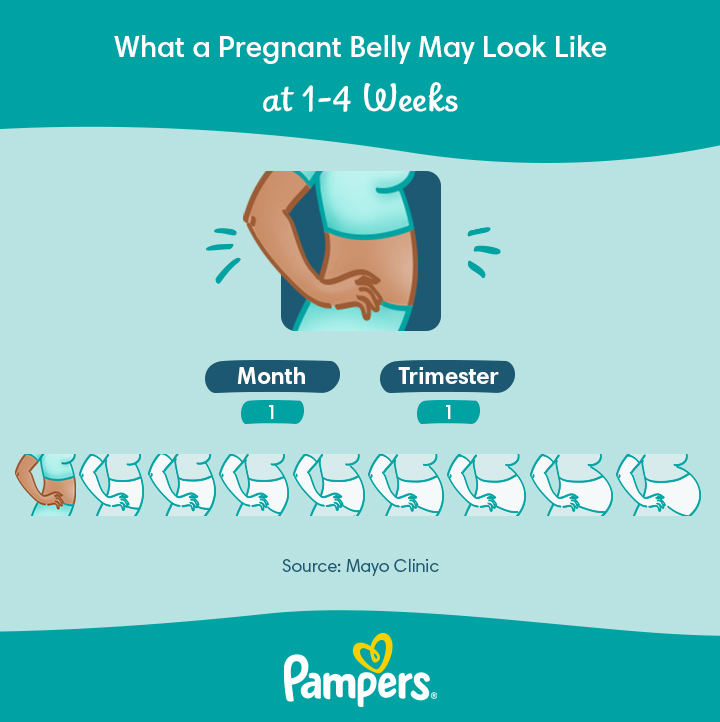
Week 3 of Pregnancy: A Comprehensive Guide to Fetal Development, Symptoms, and Care
Introduction
Pregnancy is a remarkable journey marked by significant changes and developments. The third week of pregnancy, although often overlooked, plays a crucial role in laying the foundation for the developing fetus. During this week, the fertilized egg undergoes rapid transformations, initiating the formation of essential structures and systems. This article provides a comprehensive overview of the third week of pregnancy, exploring fetal development, common symptoms, and essential prenatal care.
Fetal Development
The third week of pregnancy marks the beginning of the embryonic period, which lasts until the eighth week. During this week, the fertilized egg, known as a zygote, undergoes a series of rapid cell divisions, forming a hollow ball of cells called a blastocyst. The blastocyst consists of two distinct cell layers: the inner cell mass, which will eventually develop into the embryo, and the outer layer, which will form the placenta.
Implantation
Around the fifth or sixth day after fertilization, the blastocyst enters the uterus and begins the process of implantation. The inner cell mass attaches to the uterine lining, while the outer layer develops into the chorionic villi, which will form the placenta. The placenta is a vital organ that provides oxygen, nutrients, and waste removal for the developing fetus.
Formation of the Embryonic Disc
Once implanted, the inner cell mass undergoes further differentiation, forming a flat, disc-shaped structure called the embryonic disc. The embryonic disc consists of three layers: the ectoderm, mesoderm, and endoderm. These layers will eventually give rise to all the organs and tissues of the body.
Development of the Amniotic Sac and Yolk Sac
During the third week of pregnancy, two important structures develop around the embryonic disc: the amniotic sac and the yolk sac. The amniotic sac is a fluid-filled membrane that surrounds and protects the embryo. It provides a cushioned environment and allows for movement and growth. The yolk sac is a small, yolk-filled sac that provides nourishment to the embryo before the placenta is fully formed.
Common Symptoms
The third week of pregnancy is often asymptomatic, as most women do not experience any noticeable changes. However, some women may experience mild symptoms, including:
- Light spotting or implantation bleeding: This is caused by the blastocyst implanting into the uterine lining.
- Breast tenderness: Hormonal changes can lead to increased sensitivity and swelling of the breasts.
- Fatigue: The body’s increased production of progesterone can cause fatigue and drowsiness.
- Nausea: Morning sickness, although more common in later weeks, can sometimes begin in the third week.
Prenatal Care
Even though the third week of pregnancy may not be marked by significant symptoms, it is essential to initiate prenatal care as soon as possible. This includes:
- Confirming pregnancy: A pregnancy test can confirm pregnancy and determine the approximate date of conception.
- Scheduling prenatal appointments: Regular prenatal appointments will allow your healthcare provider to monitor your health and the development of the fetus.
- Taking prenatal vitamins: Prenatal vitamins, especially folic acid, are crucial for preventing birth defects.
- Making healthy lifestyle choices: Maintaining a healthy diet, getting regular exercise, and avoiding harmful substances are essential for the well-being of both the mother and the developing fetus.
Conclusion
The third week of pregnancy is a critical period in fetal development, marked by the formation of essential structures and systems. Although often asymptomatic, it is important to initiate prenatal care early on to ensure the health and well-being of both the mother and the developing fetus. By understanding the changes that occur during this week and following recommended prenatal care guidelines, women can lay the foundation for a healthy pregnancy and a thriving baby.